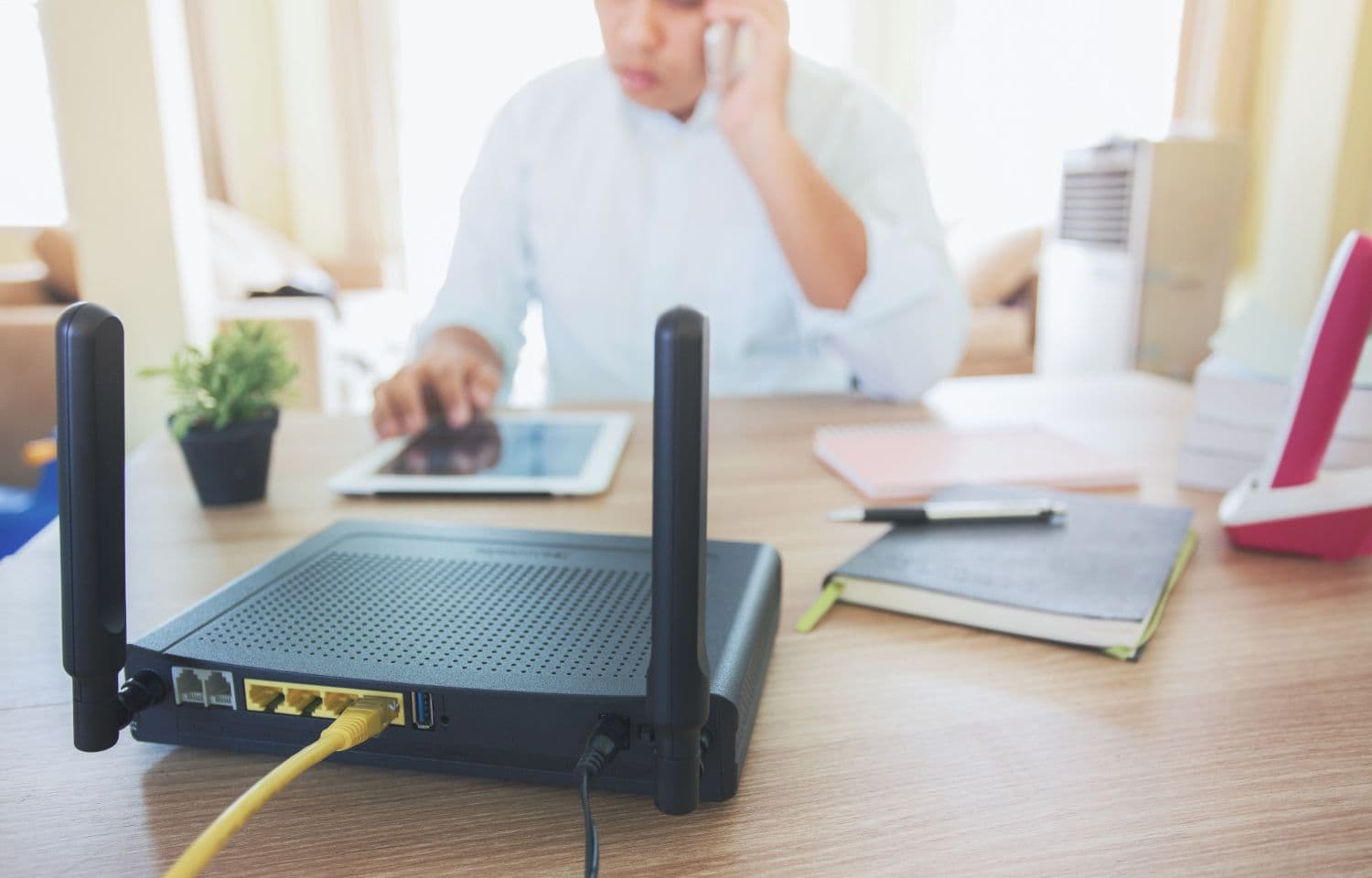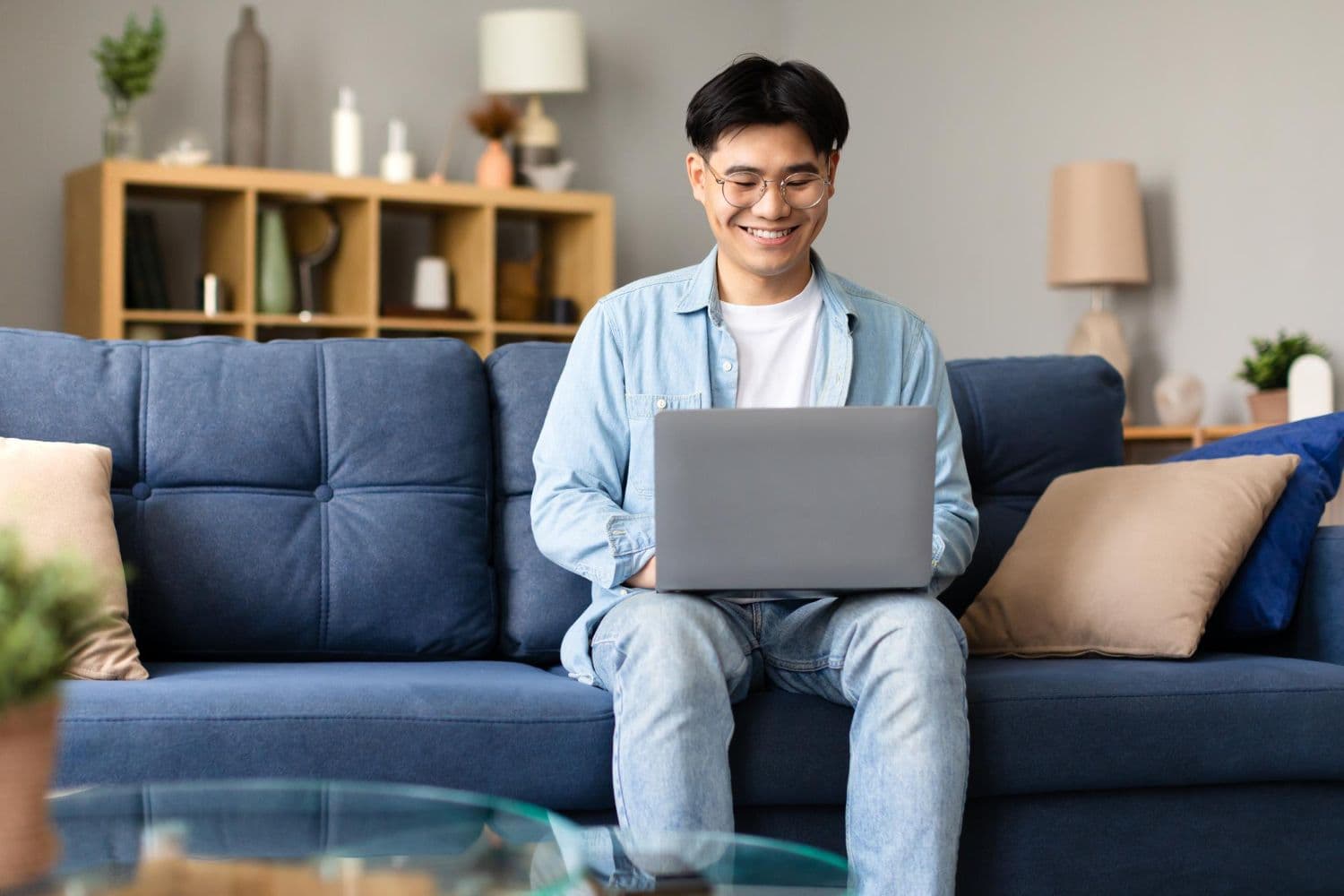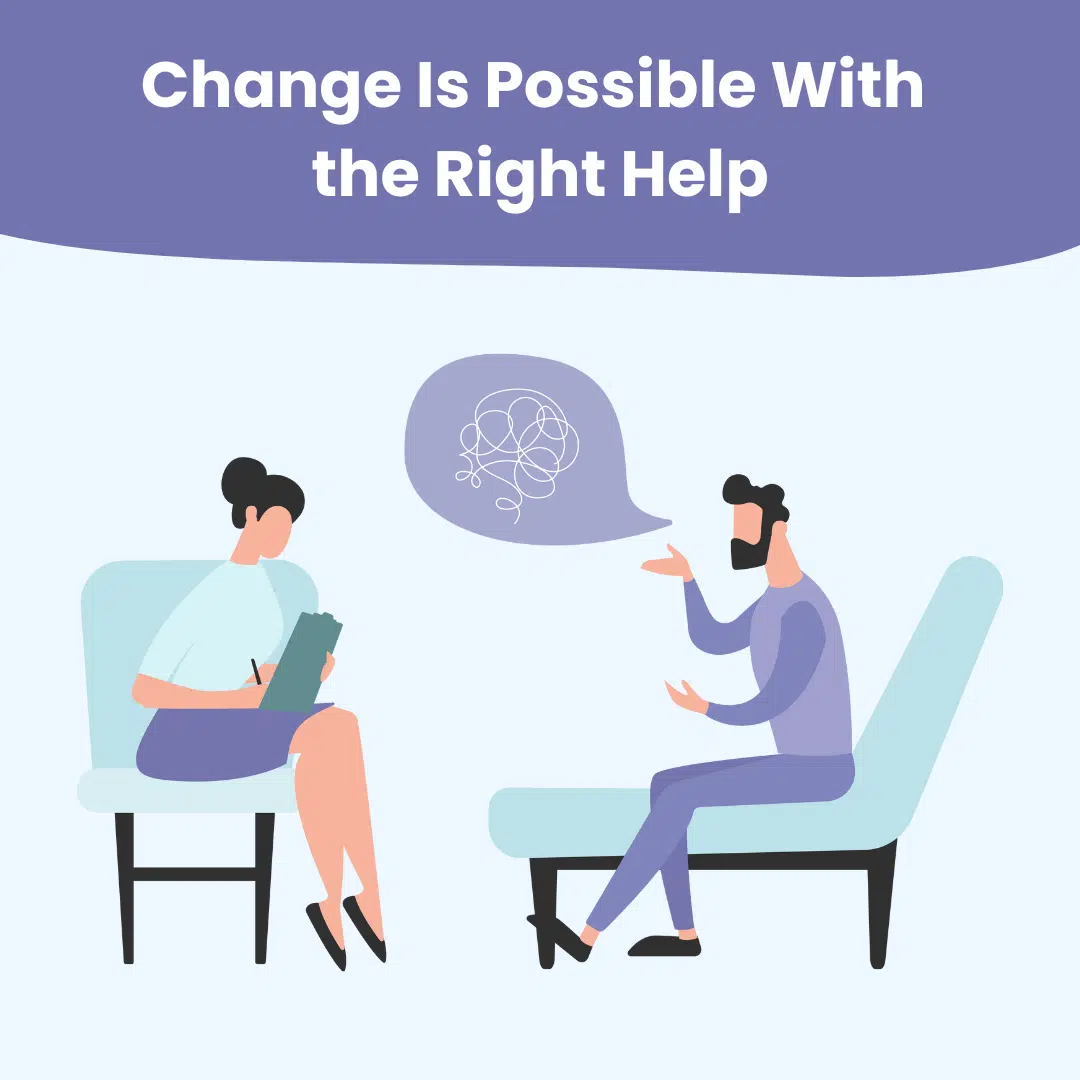

What’s the first thing that comes to your mind when you hear the term ‘online therapy’? For many of us, it’s the fact that you can engage in therapy from the comfort of your home.
If you’re new to online therapy and are looking for guidance about preparing for sessions, you’ve come to the right place!
Our blog is an easy-to-follow step-by-step guide on preparing your home for online therapy. Join us for eight simple yet detailed therapy setup and preparation steps.
Before we start discussing the therapy preparation steps in detail, here’s a gentle reminder that there’s no universal to-do list to refer to while preparing for online therapy. Following these steps can simply help you get the most out of your online therapy sessions.
The only essentials are: a stable internet connection, a charged device with audio/video capabilities and some privacy for the duration of your session. Thus, if you’re feeling overwhelmed by the number of steps below, feel free to follow the ones that you can. Even following a few of them can make a big difference!
Choose a space where you’re likely to feel most comfortable and have fewer interruptions and distractions. This doesn’t have to be a separate room, even a silent balcony or your parked car (if it’s hard to find privacy inside your house) can work well.
Below are a few factors to consider while preparing for online therapy and deciding on the right space:
Good lighting is key to a good online therapy session. When preparing for online therapy, remember to check the lighting in the room where you’ll be attending the session. Therapists often rely on factors like facial expressions, body language, and gestures in addition to hearing you talk.
Another helpful step in online therapy preparation is to consider what temperature you’d like your room to be.
If you’re someone who tends to run hot, choose a room with an air conditioner and switch it on a little ahead of your session. On the other hand, if you tend to get cold easily, consider having a blanket or comforter by your side.
The idea is to create an environment that feels safe and comfortable for you.
Therapy delivers the best results when you’re focused and present during the session. This is why the third step in preparing for online therapy is to reduce possible distractions.
Here’s a quick list to help you reduce distractions when attending counselling from home:
It may be awkward to open up and be honest with your therapist if there’s a possibility of someone overhearing you from outside the room. Also, as we already saw, other people in the house can also mean more external noise and possible interruptions.
Hence, consider asking them to offer you some privacy for an hour or so. Remember, you don’t have to go into details. Simply saying you have an online meeting can work.

One of the non-negotiable essentials for an online therapy session is a good internet connection. Doing the following device and internet checks is an important part of preparing for online therapy:
Additionally, Here are some things you can try if you encounter slow internet speed on your test:
In addition to the above, we also recommend using a laptop or desktop computer as opposed to mobile devices like smartphones or tablets. This is because audio/video calls may drain the batteries of mobile devices faster than a personal computer (PC). A PC is also more likely to have better internet bandwidth, which ensures better call quality.
Items like a notebook, pen, tissue box, blanket, and a bottle of water can help you make the most of your sessions.
When preparing for online therapy, pick materials that you personally reach for frequently, as well as tools that can help you stay grounded during sessions.
Many therapists suggest having art supplies or other tactile tools like Pop-Its nearby. These can help bring you back to your body during deep conversations, when you zone out or feel distracted.
Before your online therapy session, set aside some time to reflect on what’s been on your mind lately. Review notes from previous sessions and think about what you’d like to focus on that day.
Is there a recent incident or challenge you want to open up about? Would you like to follow up on the previous session? Or do you have new goals to work towards?
Noting down your thoughts can provide structure and help you in preparing for online therapy sessions.
It’s completely normal to feel nervous, jittery or anxious before a session, especially if it’s your first session. Once you’re done preparing for online therapy, try practising grounding exercises and relaxation techniques like box breathing, belly breathing and body scans. Additionally, remember to treat yourself with compassion. It's okay and normal to feel anxious before doing something new.
If you’re still feeling anxious afterwards, feel free to let your therapist know how you’re feeling. A good therapist is trained to help you feel relaxed, safe and grounded in the therapy space.
In addition to these tips, if you're looking for more extensive resources on starting therapy, check out our comprehensive guide to starting therapy.


If you are in crisis, or another person may be in danger, do not use this site. Please refer to these resources instead.

Mon - Fri (excluding public holidays)
9.30 AM - 6 PM (+08:00 GMT)
© 2025 Talk Your Heart Out Pte Ltd
Need Help? Chat with us
